Featured articles

Why Michael Burry just sold all his tech stocks
Michael Burry has just exited a nearly $100 million position on Nvidia that he opened earlier this year.
14:42, 9 October 2025

Gold forecast: Third-party price targets
Gold (XAU/USD) is currently trading at $3,982.94 (as of 6:12pm UTC, 7 October 2025), after briefly crossing $4,000 per ounce for the first time during the session.
14:43, 9 October 2025

How does Elon Musk impact cryptocurrency prices?
In cryptocurrency markets, few individuals command as much attention as Elon Musk. The CEO of Tesla and SpaceX’s tweets, Tesla and Dogecoin announcements, and public statements can trigger periods of heightened volatility, with shifts in buying and selling pressure across digital assets.
13:29, 30 September 2025

Netflix Q3 Earnings Preview: Ad growth in focus
Netflix will report earnings on October 21 with focus on ad revenue after moving away from subscriber data
07:51, 21 October 2025
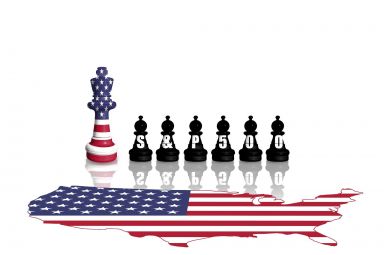
Earnings Season Volatility: Netflix & Tesla in Focus
Options expiration is now behind us, which should lead to a broader trading range across the stock market and potentially greater volatility.
14:56, 20 October 2025

Texas Instruments stock forecast: Third-party price targets
Texas Instruments (TXN) traded at $173.82 as of 09:35 UTC on 15 October 2025, within an intraday range of $172.56 to $175.99. The stock fell from $181.60 on 8 October and remains well below its 12-month high of $221.69.
14:46, 20 October 2025

Tesla stock forecast: Third-party price targets
Tesla (TSLA) is trading at $434.70 as of 10:01am UTC on 15 October 2025, near its intraday high of $435.38 and well above the day’s low of $419.83.
13:50, 20 October 2025

Trading the Dow 30 Ahead of More Earnings
Last week was mostly a story of recovery shaking off a couple key negative factors, but it’s about to get more interesting with more earnings this week.
06:14, 20 October 2025
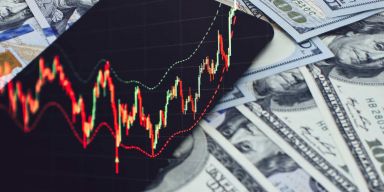
Volatile Trading Ahead of October Option Expiry as Dollar Rally Falters
Volatility in the stock market remained very high on Wednesday, 15 October, with sharp moves in both directions as equities searched for a clear path forward ahead of October’s option expiry.
11:53, 16 October 2025
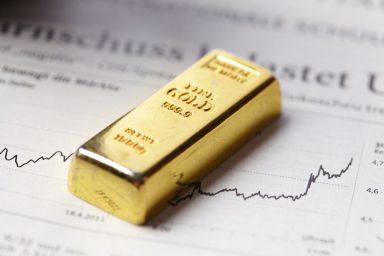
Market Analysis: Gold, S&P 500, CAC 40
Markets continue to weigh the possibility of further escalation in the US/China trade dispute but optimism continues as earnings remain strong
10:44, 16 October 2025

Trading the S&P 500 After Earnings from the Financial Heavyweights
Impressive results have helped it overcome trade worries and an ongoing shutdown for now, but the technicals are still conflicted on the shorter-term daily time frame due to last Friday’s plunge.
07:51, 16 October 2025

US crude outlook: sanctions vs. surplus
Oil prices jump higher this week as the US threatens direct sanctions on Russian producers but the supply outlook remains overcrowded
an hour ago
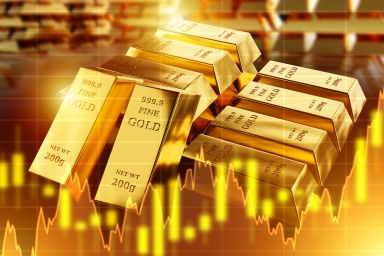
Trading gold's volatile technical overview
The technical overview shifted to volatile before last Tuesday’s plunge putting breakout strategies in play, while in sentiment fresh longs remain exposed.
07:46, 23 October 2025
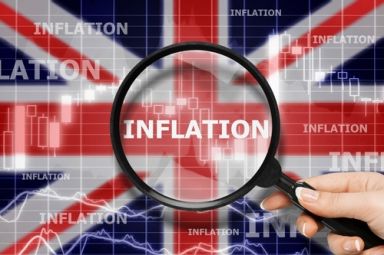
UK inflation holds at 3.8%: markets price earlier BoE cuts as precious metals cool
Consumer inflation remained unchanged at 3.8% in September despite forecasts of a rise, leading markets to price in higher odds of rate cuts from the BoE
12:13, 22 October 2025

Gold and Silver face heavy selloff as trade tensions between US and China ease
Precious metals are facing a heavy selloff on Tuesday as Trump confirms that he will meet with Xi Jinping later this month, calming some of the nerves around trade tensions
09:31, 21 October 2025

Trading gold's volatile technical overview
The technical overview shifted to volatile before last Tuesday’s plunge putting breakout strategies in play, while in sentiment fresh longs remain exposed.
07:46, 23 October 2025

UK inflation holds at 3.8%: markets price earlier BoE cuts as precious metals cool
Consumer inflation remained unchanged at 3.8% in September despite forecasts of a rise, leading markets to price in higher odds of rate cuts from the BoE
12:13, 22 October 2025
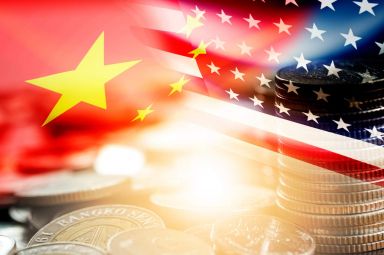
Market Mondays: rare earths, tariff risk and where the next moves may come from
Renewed tensions between China and the US weigh on market sentiment, with gold and silver receiving another boost
11:23, 13 October 2025
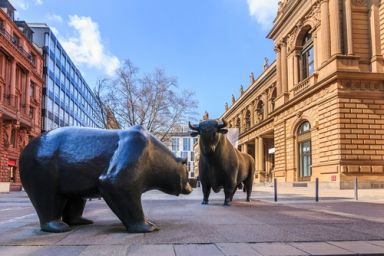
Wall St steady as ceasefire tempers risk, gold consolidates
Traders react with cautious optimism to the news of a ceasefire between Hamas and Israel as the US government shutdown continues to cloud the outlook for rates
11:16, 10 October 2025

Dogecoin price prediction: Third-party outlook
Dogecoin (DOGE) is trading at $0.1911 as of 10:00am UTC on 22 October 2025, near the lower end of its intraday range of $0.1911–$0.2052.
an hour ago

Fartcoin price prediction: Third-party outlook
Fartcoin (FARTCOIN) is trading at $0.36, after moving within an intraday range of $0.3493–$0.3898 in early European trading on 21 October 2025. The price sits near the midpoint of its session range and remains below this week’s high of $0.3898.
15:12, 22 October 2025

Solana coin price prediction: Third-party outlook
Solana (SOL) traded at $186.34 as of 14:07 UTC on 21 October 2025, staying within its daily range of $183.73–$193.85. The price remains close to this week’s low after retreating from Monday’s peak, following a wider crypto sell-off.
14:31, 22 October 2025

Why Tom Lee thinks Ethereum will rally to $16k in 2025
If you'd invested $10,000 in Ethereum 3 years ago, you'd have about $27,000 today.
17:07, 9 October 2025
